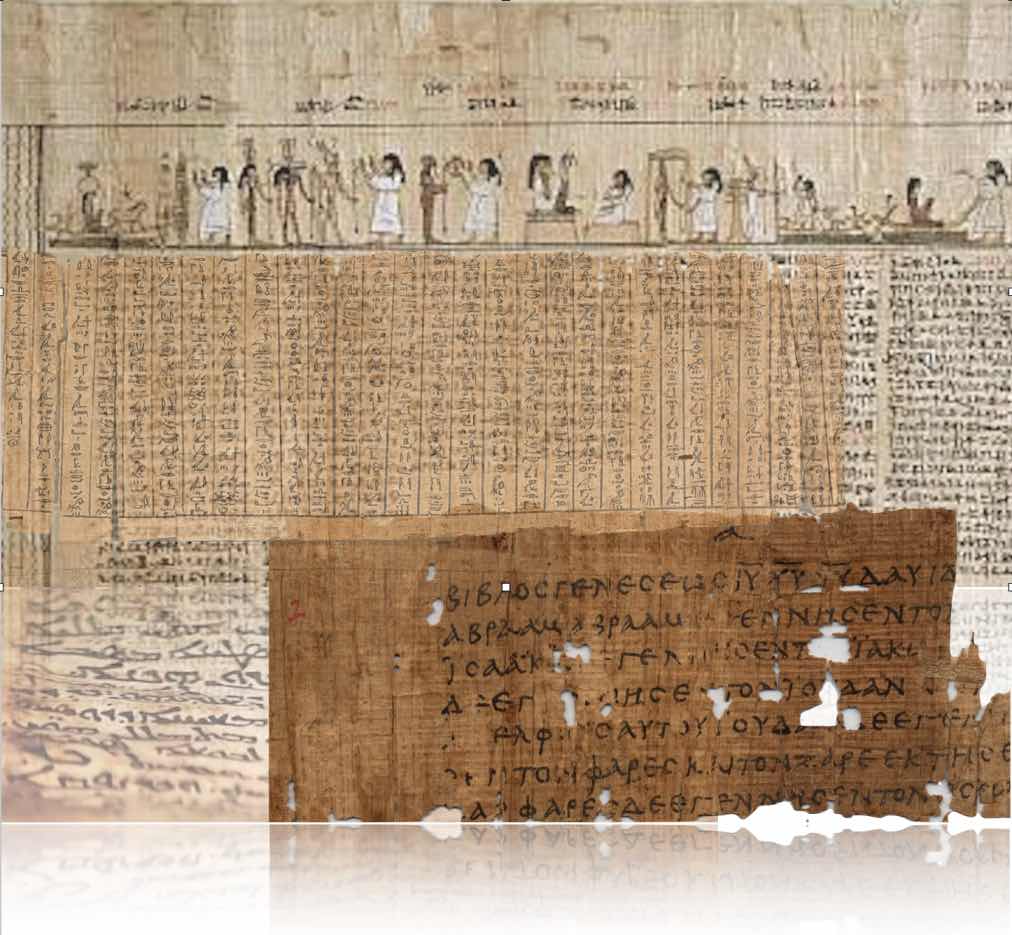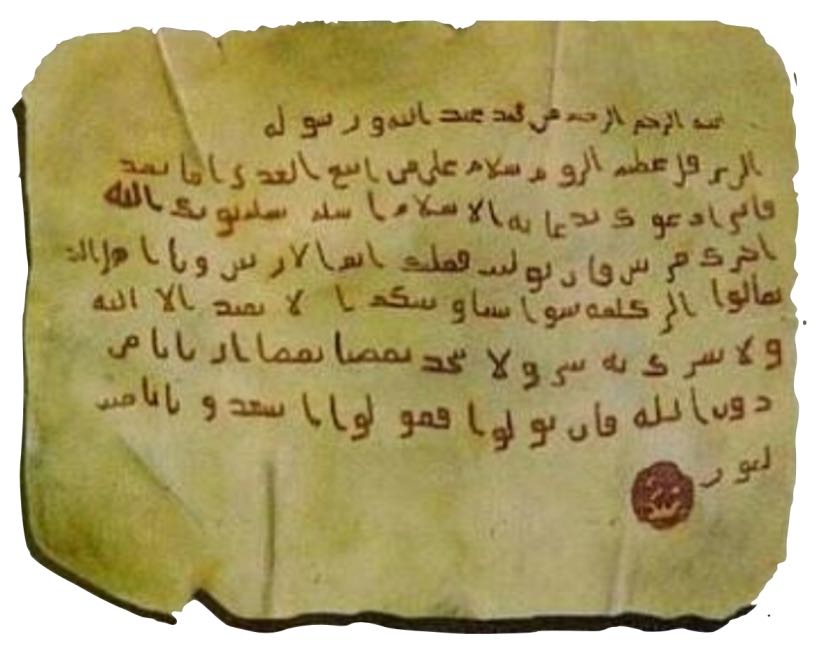
If there was literature in verse-form (poetry) would there not also be prose literature? And if it did exist, why has not record of this reached us? it? Did it remain an oral phenomenon and never written down?
BY JADOU JIBRIL
KEEP IN MIND that this literature included the art of public speaking and sermons and dealt with social and moral questions and issues of behaviour. It was practiced by priests and clerics, their texts perhaps competing with what Islam was introducing and advocating.
In his book The Sources of Pre-Islamic Poetry Nāṣir al-Dīn al-Asad says the following:
This pre-Islamic poetry boasts an abundance of authentic artistic values that much subsequent Arabic poetry did not enjoy. It evidences fertile sentiment, precision in perception, artistic sincerity, purity of expression, an authenticity to nature and life force, things which makes it the purest expression of the Arab soul, and the most reliable source for studying his life of the poet and the people around him.
Evidence can be found for this scattered here and there in the Islamic narrative and tradition confirming the existence of prominent preachers amongst the pre-Islamic Arabs, such as Ka‘b ibn Lu’ayy[1], Quss ibn Sā‘ida (d. circa 600 AD),[2] Saḥbān ibn Ayās[3], al-Aswad ibn Ka‘b[4] (8), Aktham ibn Ṣayfī,[5] Ḥārith ibn Ẓālim (d. circa 600 AD), Qays ibn Mas‘ūd,[6] Zuhayr ibn Hubal,[7] al- Ḥārith al-Madḥaj, and Qays. Ibn ‘Āmir ibn al-Ẓarb.[8] All of these[9] were eloquent distinguished folk; were their sayings therefore in competition with the sayings of the Prophet Muḥammad?
Pre-Islamic poetry is also known to have functioned as a historical record, but it has only reached us through Islamic sources. Each Arab tribe had its own prestigious poet,[10] but all quotes from this poetry have come to us mediated by Islamic sources. It is also now known that the codification of this poetry commenced during the reign of the ‘Abbasid caliph Muḥammad al-Amīn[11] at the beginning of the ninth century AD – two centuries following the advent of Islam – and one group of researchers has indicated that it is not far-fetched to assume that ‘pre-Islamic poetry’ underwent modifications and subsitutions – even fabrications – in order to serve religious, ideological purposes.[12]
Why it was it that civilizations hundreds of centuries prior to Islam left many and abundant material traces while the early period of Islam is devoid of such materials?
History tells – and this is not denied by the Islamic narrative itself – that the pre-Islamic Arabs wrote down some of their poems and had them hung on the walls of the Ka‘ba. This would indicate that they had the capacity to read, write and record. They were also famous for their trading and necessarily had to document contracts, debts, and transactions. But the prevailing prevailing narrative continues to maintain that the predominance of the tribal system in the Arabian peninsula depended upon oral narration and narrators, and therefore much was lost in the passing away of witnesses and those who had committed these things too memory, so that little of this has survived over the course of time.
What therefore is to be done?
The strongest probability one can rely on for examining this – given the absence or scarcity of material effects – is to consider that the Islamic narrative and heritage may include the possibility of distortion, fabrication and falsification, especially given that the political conflicts in the struggle for power forced Arabs – and Islam – to become a ‘settled’ phenomenon very early on, more than any ‘settling’ influence of the faith from the outset. What is required today, firstly, is to stop trying to explore the truth of anything that actually happened – a task difficult enough to attain and one that requires material effects that are not sufficiently available today – and instead pay serious attention to cleaning up the Islamic narrative and the heritage through scrutinising it and calling it to account.
As of today we do not have enough reliable physical traces that date back to the first and second centuries AH, with the exception of some very rare antiquities. And despite their scarcity and sanctification they have been shown to be falsified, manipulated or outright fabricated (e.g. the Qur’ān of al-Mashhad al-Ḥusayni[13] and the epistles of the Prophet[14] and so on.
The absence and scarcity of material traces will continue to be striking when we compare this to to other civilizations and religions, and may well prompt some urgent questions such as why it was that civilizations hundreds of centuries prior to Islam left many and abundant material traces still visible today, while the early period of Islam – a mere 15 centuries away – is devoid of such materials.

Suggested Reading
The problem of documentation, credibility and interpretation
Given the absence or scarcity of these material effects, the researcher today has no choice but to deal with what he has and pay close attention to non-Islamic references contemporary to the emergence of Islam, and to scrutinize and sift through the Islamic narrative and heritage in order to dig up what is not spoken of or intentionally hidden, and attempt to uncover what has been buried and try to place the finger on what has been distorted or fabricated.
The aim of all this is in order to get closer to what actually happened, or at least to be able to present the most likely possibilities. Perhaps the first thing that should be eliminated – and immediately – is the unquestioned and unscrutinised ‘tribal assumption’ and its claim to certainty concerning what is stated in the Islamic narrative and the heritage, given that it is this assumption that prevailed – intentionally and at times by force – for centuries, leaving the minds of the majority of Muslims calcified.
[1] Ka’b ibn Lu’ayy, the seventh ancestor of the Prophet Muḥammad ibn ‘Abdullah, was the leader of the Kināna tribe, and was known as Abū Huṣiṣ
[2] A pre-Islamic poet and sage. Ahmed Amin notes that Arab writers mentioned that Ibn Sā‘ida was a Christian and that he was the bishop of the Ka‘ba of Najran, and is considered by al-Shahrastani in the Kitāb al-Milal wal-Niḥal as among those who believed in monotheism and in the Day of Judgment. It was said that he preached to the people, with the words: “Assemble here, and when you are assembled, keep quiet… Know that one that lives, ultimately dies and loses the life and one who loses life never comes back. There are hidden secrets in the heavens and lessons for the earth. There is a high roof upon the sky and the earth is a cradle spread out. The stars move and the oceans come to a halt. What arrives does not remain and what leaves does not come back. Are they content in the place they go? Or do they fall asleep there as well? I swear, I swear that there is a religion in the presence of God that is more beloved to Him than the religion that you follow.” He also said in his sermon in Sūq Okāẓ: “There are hidden secrets in the heavens and lessons for the earth; gloomy nights, dark days, a sky with constellations, a land with paths, seas with waves. Do I not see people going before and not coming back? Are they content in the place they go? Or do they fall asleep there as well? Damn the unwary lords, the empty nations, and the centuries that have passed!”
[3] Saḥbān ibn Zafar ibn Ayās was an orator proverbial for his eloquence, hence the sayings: “more rhetorical than Saḥbān” and “more eloquent than Saḥbān” used when one wanted to praise someone’s facility with expression. He is said to have lived during the pre-Islamic period.
[4] Al-Aswad ibn Ka‘b, nicknamed by his detractors as the ‘Anasī Liar’, claimed to be a prophet, and was also a public speaker.
[5] One of the most famous Arab rulers during the pre-Islamic era and nicknamed ‘The sage of the Arabs’. He was a public speaker and writer who corresponded with kings, including the King of Hajar, the King of Najrān, Chosroes and others.
[6] Qays ibn Mas‘ūd ibn Qays was an official of Chosroes and Hormuz.
[7] Zuhayr ibn Janāb ibn Hubal al-Kalbī (d. circa 564 AD) was speaker, leader, poet and envoy of the Qaḍā‘a tribe to the pre-Islamic kings. He was called ‘the priest’ for the correctness of his views.
[8] ‘Āmir ibn al-Ẓarb al-‘Adwānī, (370-455) one of judges of Ṭā’if whose rulings became laws, and one of the governors of the Hijaz and its region. He was one of the wise men of Muḍar and Qays ‘Aylān and a governor in the Dār al-Ḥukamā’ in Ṭa’if. Some of his rulings were subsequently confirmed by Islam, and was one of those governors who banned the eating of meat sacrificed to gods, who banned adultery and the consumption of alcohol in the pre-Islamic era, and who required the circumcision of both males and females.
[9] These were mentioned in the following sources: Al-Jāḥiẓ:, البيان والتبيين; Al-Nīsābūrī: مجمع الأمثال ; Maḥmūd Shukrī al-Alūsīl al-Baghdādī: البغدادي بلوغ الأرب في معرفة أحوال العرب ; Abū Hilāl al-‘Askarī: جمهرة الأمثال and others.
[10] About 125 poets according to Jurjī Zaydān: History of Arabic Literature, vol. 1, p.179.
[11] The sixth ‘Abbasid caliph, who assumed the caliphate between 809 and 813 AD. The most distinguishing feature of his five-year reign was the conflict that arose between him and his brother Al-Ma‘mūn. This conflict was a continuation of the conflict between the Arabs and non-Arabs within the ‘Abbasid state, and Al-Amīn and his vizier Al-Faḍl ibn al-Rabī‘ represented the Arab side, while the Persian side was represented by Al-Ma’mūn and his vizier Al-Faḍl bin Sahl. The conflict between Al-Amīn and Al-Ma‘mūn passed through two stages, the first was a non-military, diplomatic conflict which ended in 195 AH, and the second was a military phase that ended with the death of Al-Amīn in 198 AH.
[12] Dr. Taha Hussein looked into this so-called ‘pre-Islamic’ poetry and saw in it things that were dubious and expressed doubt about its authenticity. His conclusion was that concluded that the vast majority of it was not of the pre-Islamic era but attributed to this era during the later Islamic period.
[13] It was circulated among the general public that this Qur’ān was one of the Qur’ans sent by ‘Uthmān ibn ‘Affān to the major Islamic metropolises and that it had drops of his own blood on it. But this is not true, as the Qur’ān shown in the photo that accompanied the claim was an old Qur’ān found in the Al-Ḥusayn Mosque in Cairo. Studies conducted on it exclude the possibility that it was one of the ‘Uthmānī Qur’āns. Many reputable researchers have confirmed this, most notably Professor Ṭayyārr Alti Qulaj, an investigator and researcher in the field of Qur’ānic studies who examined the Qur’ān from beginning to end.
[14] Scientific research on the history of antique remains has shown that the letters we have today do not date back to the first or second century AH.
See Part One of this essay here

